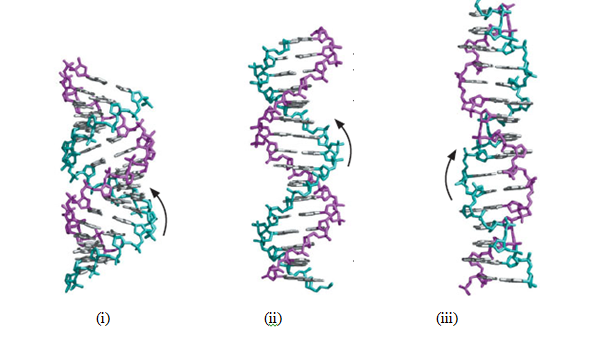#Question id: 29451
#Unit 6. System Physiology – Plant
IAA is synthesised by tryptophan and is primarily synthesized in a two-step process, which of the following is an intermediate
#Question id: 29452
#Unit 6. System Physiology – Plant
#Question id: 29453
#Unit 6. System Physiology – Plant
Which of the following technique will be most effective for IAA concentrations of about 0.02 to 0.2 mg L–1
#Question id: 29454
#Unit 6. System Physiology – Plant
Identify A, B and C in auxin synthesis
a. Tryptophan (Trp)----------A-------------→ Indole-3-pyruvic acid
b. (IPA) -----------B------------→ Indole-3-acetaldehyde (IAld)
c. Indole-3-acetaldehyde (IAld) ------------C-----------→ I3AA
#Question id: 29455
#Unit 6. System Physiology – Plant
which of the following auxin derivates compound that provide broad‐spectrum control of fungal pathogens
#Question id: 29456
#Unit 6. System Physiology – Plant
In maize kernels, IAA also appears to be synthesized by a tryptophan independent pathway via

